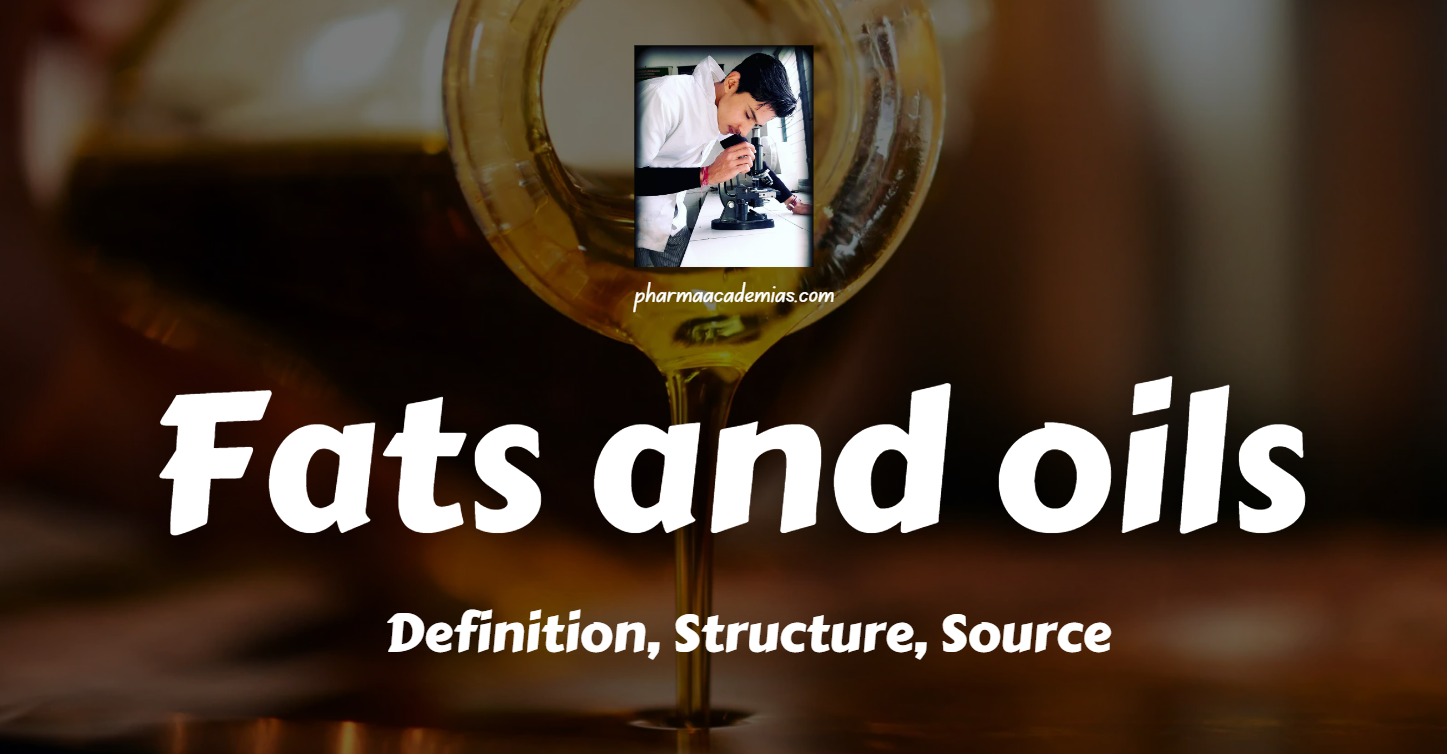Analytical constants
Analytical Constants in Lipid Analysis Analytical constants are critical parameters employed in the evaluation of fats, oils, and other lipid-based substances. These constants serve as essential indicators of the composition, purity, and overall quality of lipid samples. By measuring specific chemical characteristics, these constants provide valuable insights that aid in both industrial applications and quality … Read more





